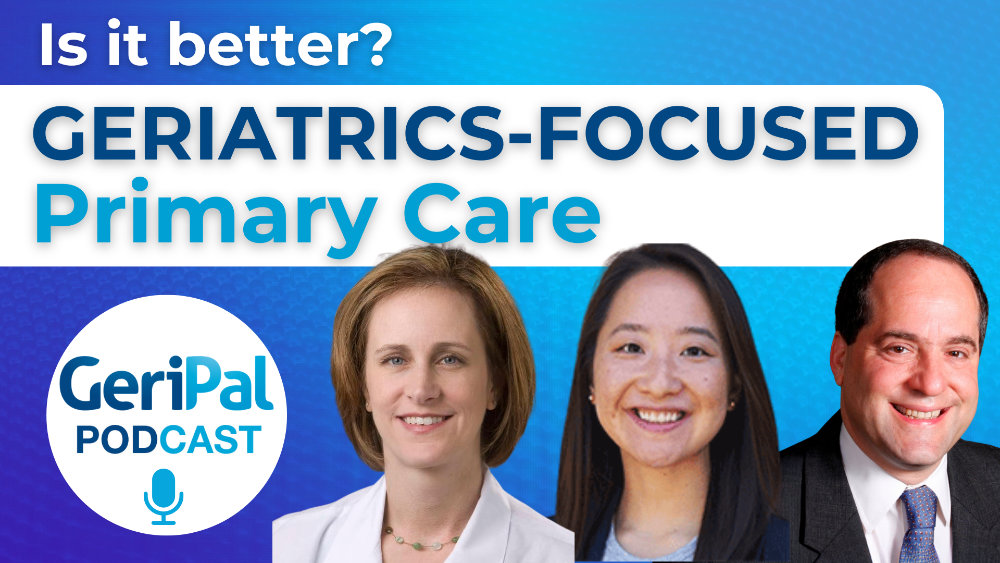If you asked clinical researchers to describe the most important advances in research methodology over the past generation, many would cite advances in the ability to measure health-related quality of life (HRQOL). Health-related quality of life refers to domains of health that are important to patient’s quality of life. By way of example, in a patient with COPD, this could include an instrument to measure dyspnea, or the extent to which COPD symptoms interfere with day to day function. There are many health related quality of life tools that are used in clinical research, and these tools have revolutionized our abilty to understand outcomes important to patients.
Despite the immense value of these tools, recently, some have recognized some problems in how these instruments are used and interpreted. Some of hese issues were articulated in an influential article by Gill and Feinstein. This first issue is that the very term “health related quality of life” is frought with conceptual problems. While health clearly impacts quality of life, it may be a mistake to equate health with quality of life. Quality of life is not the same thing as health, and we all know many who have bad health and good quality of life and vice-versa. A second related issue is that the very term “health-related quality of life” suggests that quality of life can be separated into health and nonhealth components. There is very little evidence that patients actually make this distinction when reflecting on their own quality of life.
Perhaps the most important issue is that if you want to know about a patient’s quality of life, the best way to do so may be to just ask the patient to describe their quality of life. It seems that adding this single question to most clinical studies would be very informative. There is little reason for not supplementng the excellent health-related quality of life scales that have been developed with this informative global question.
The distinction between health status and quality of life was very nicely illustrated in a study published in the May issue of the Journal of the American Geriatrics Society. This study, led by Rachel Solomon and Terri Friedfollowed 185 elders with serious and progressive chronic illness. The patients had one of a number of conditions associated with chronically declining health—either cancer, CHF, or COPD. Patients were asked about their quality of life every 4 months. The findings are instructive:
- In the interview before death (usually in the last 4 months) 46% of patients rated their quality of life as either good or best possible.
- Between the pentultimate and final interview between dealth, 21% of patients reported improved quality of life and 39% reported no change. So, not only does quality of life not always decline as health worsens, sometimes it actually improves.
- Quality of life is strongly innfluenced by many nonmedical factors. For example, one of the strongest predictors of better quality of life was growing closer to one’s church.
This study is an important illustration of how we need to be very careful about making assumptions about our patients’ quality of life based on their health.
by: [Ken Covinsky]




